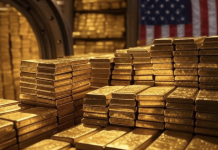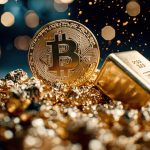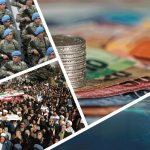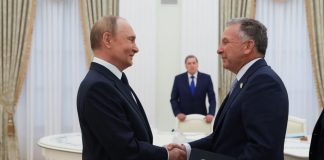Gold Prices In Flux
January 16, 2022 (King World News) – Dr. Stephen Leeb:
Recently someone asked me whether, from the vantage point of a bit more than a year, I would change anything I’d written in my latest book, China’s Rise and the New Age of Gold. My answer was “so far, very little.” But a strong emphasis should go on “so far.”
We’ve reached the moment where China is ready to introduce its digital currency, perhaps as soon as within the next six weeks. As I discussed in my last interview, China is well positioned to gain a strong foothold for the currency in the East, and of particular significance, in the world’s largest oil producers, OPEC and Russia. A major reason is that China is willing to offer protection to the Gulf states without interfering with their sovereignty. That likely gives China a leg up on the U.S. and provides the producers with an incentive to stop pricing oil exclusively in dollars. The countries that make up the Asian-Pacific trading bloc RCEP (the Regional Comprehensive Economic Partnership) as well as big chunks of the Belt and Road Initiative also are likely to be receptive to non-dollar trading. Overall, well over half the world – in terms of population and economic product – are likely candidates to move away from the dollar.
But “so far, so good” doesn’t mean a new monetary system is a done deal. In an old joke, an occupant of the 70th floor of the Empire State building calls out to a man falling from the top, “how is it going.” To which the poor soul replies, “so far so good.” I don’t expect my predictions of a new monetary system linked to gold to crash and burn. But I won’t feel vindicated until I hear of gold being overtly brought into the conversation as backing for first, the digital yuan and then a basket of currencies…
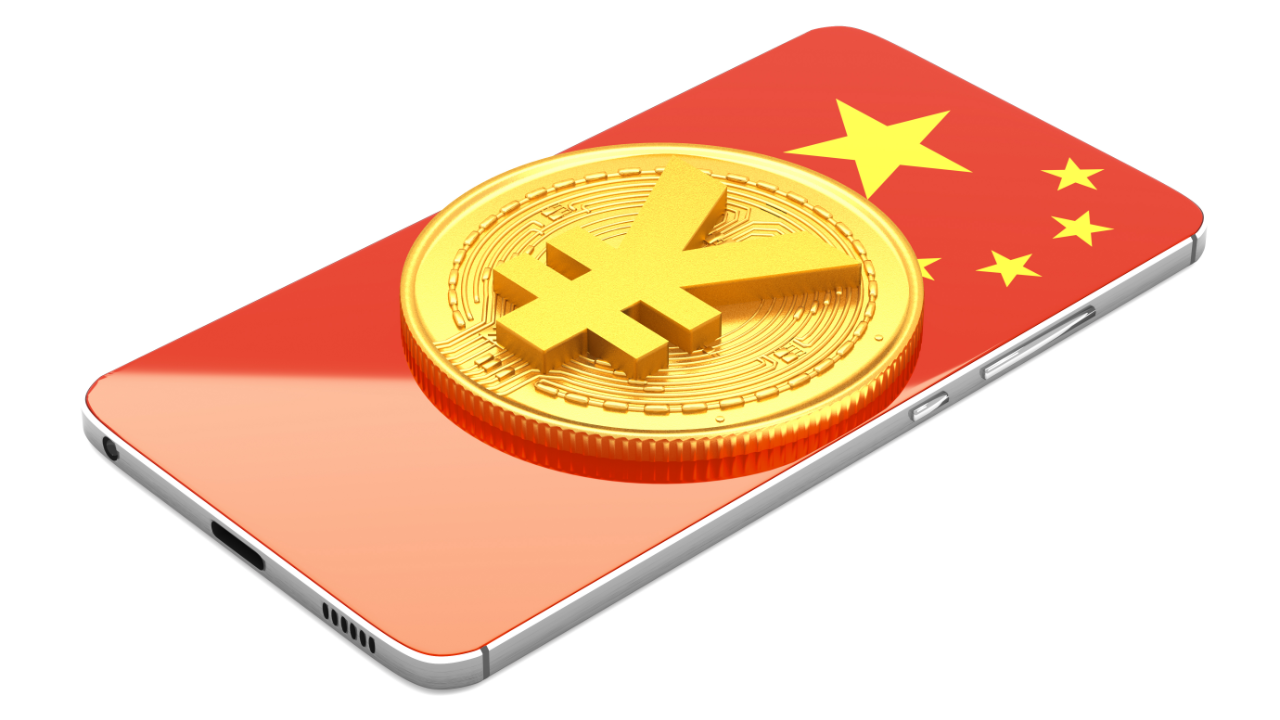
$5,000-$20,000+ Gold
Or to put it differently, until gold hits my first target of $5,000, with far higher levels – multiples of $10,000 – within long-term range, I’ll refrain from claiming that I got it right. And if things do proceed as I’ve outlined, it would be a bittersweet vindication to see gold as the center of a new monetary system unless, as I’ve discussed before, the U.S. chooses to join in and become an integral part of the new world order. If it doesn’t, I fear the outlook for the U.S. will be highly dispiriting – even as gold investors rake in multifold gains.
Today the world faces critical long-term resource scarcities that make it essential to transition to a sustainable economy. This means not only replacing fossil fuels almost entirely with renewable energies but also developing ways to better re-cycle materials and in some cases developing new materials. There is even a strong argument that the task could involve mining helium 3 on the moon. Helium 3 is a vital material in nuclear fusion, an energy source that could be critical to a sustainable world.
Cost estimates are all over the place, but all are enormous. Goldman Sachs in early 2021 reported China alone was planning to spend $16 trillion just in a transition to the renewable and clean energy carriers, electricity and hydrogen. A recently released 200-page document by a group of scientists and economists from China and Western countries tackled the broader issue of sustainability – not just a partial transition to mostly renewable energies but all aspects of sustainability. Their estimates just for China came to $75 trillion. In other words, a full transition to a sustainable world is the largest undertaking humankind has ever faced. It’s one the U.S. is ill-prepared to tackle.
One of the points I made in my book was how efficient China has been in building out its infrastructure compared to the U.S. Since that writing, the numbers have grown even starker. For example, in China, building one highway mile costs about $3 million, compared to $11 million in the U.S. When the U.S. built its interstate highway system, inflation-adjusted costs were comparable to those in China.
The disparities in rail transit are even greater. In the U.S., according to Vox, costs amount to $550 million per kilometer – and these are for projects that don’t involve building tunnels. In China, where the estimates involve only tunneled projects, costs were $200 million per kilometer.
These are the kinds of infrastructure projects that are critical. The U.S., since losing all discipline after going off the gold standard, has spent heedlessly on a bloated bureaucracy and spiraling regulations, meanwhile ignoring basic needs. It has led to where, if we don’t change course, we could face ruin, possibly dragging the rest of the world down with us. Freedom is great, but it’s meaningless – indeed, essentially doesn’t exist – if it doesn’t go hand in hand with discipline and meeting basic obligations to others, something we had in the years prior to abandoning the gold standard.
China’s Move To A Gold-Backed Currency
I keep reviewing evidence that China does intend to back a new currency with gold. After all, China has stayed mum on gold. That seems like understandable prudence, because signaling its intentions prematurely would fuel a potentially explosive, chaotic move in gold that wreaks on the world’s financial system. But I do feel confident in my reading that gold is at the center of China’s thinking on a new monetary system.
In the wake of 2008-09 crisis, China saw a new monetary system as necessary for world growth and to avoid an even worse catastrophe in the future. The financial meltdown – perhaps the crowning example of the damage from mindless spending and short-term greed – convinced the Chinese that a dollar-based reserve currency was a threat to the entire world. And there is no doubt that any replay of 2008-09, in any form, would hurt China along with the rest of the world…
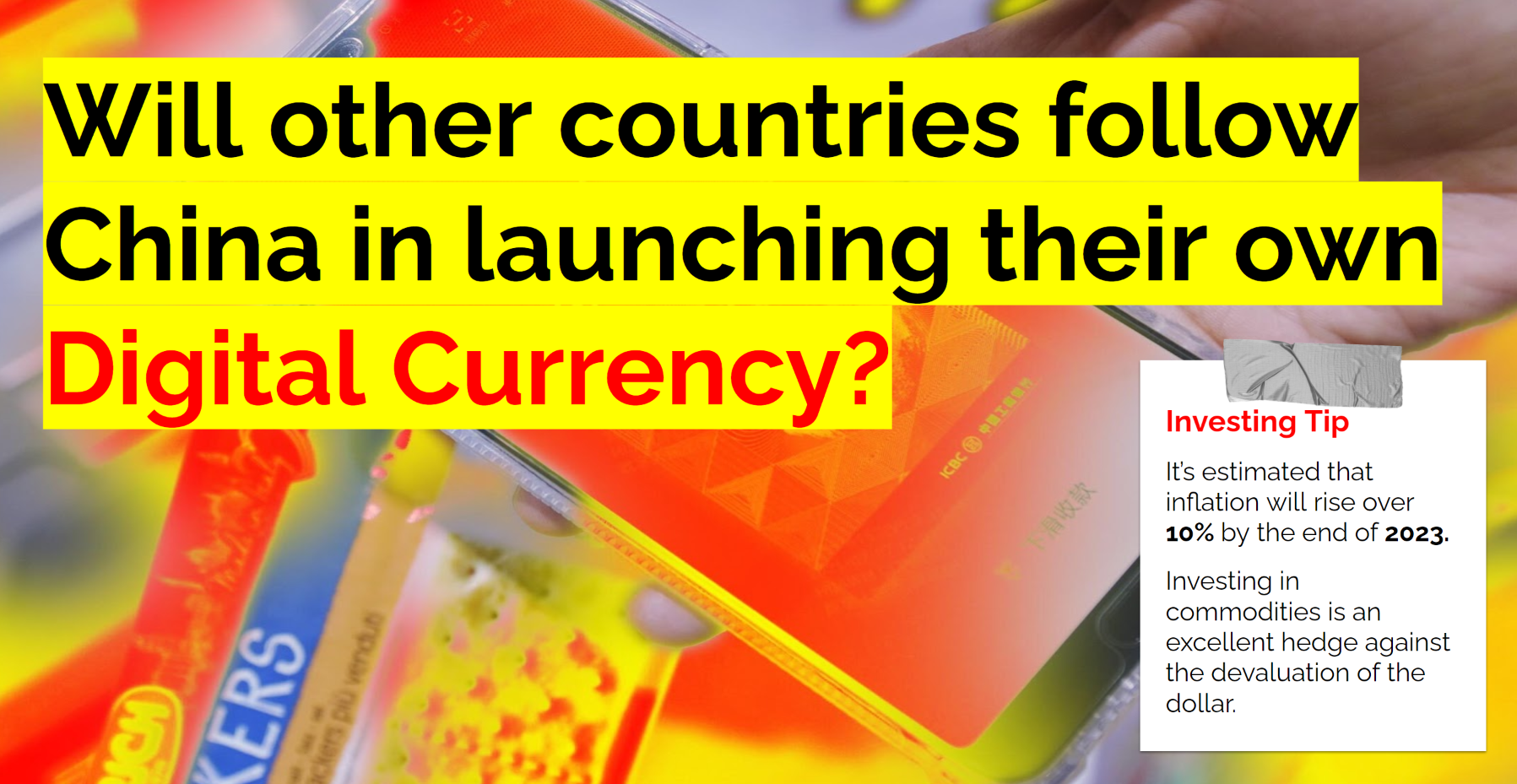
My fervent hope is that today’s conditions resemble 1974 more than 2008, meaning that – barring a terrible error by the Fed in which it tightens too aggressively – we don’t face an imminent shock or meltdown. Still, you have to go back to the early 1980s to find inflation numbers as high as today. Moreover, the differences between now and then are not encouraging. Then inflation was peaking and headed lower. Today there are no real signs inflation is peaking. Indeed, today’s inflation springs from deep-rooted problems such as resource scarcities. Also contributing is a shortage of skilled labor, one result of our having neglected basic education. These aren’t problems the Fed can solve, short of engineering a recession. And a recession in the context of massive debt could indeed bring a massive meltdown in its wake. I’m sure all this is apparent to policymakers. Still, mistakes happen, and who knows how much tightening is too much.
This brings us back to gold. One reason for believing China is committed to bringing about a gold-backed reserve currency comes from a paper written by Zhou Xiaochuan, probably the most respected Chinese monetary economist in modern times, when he was head of the PBOC. I quoted from this paper extensively in China’s Rise and the New Age of Gold.
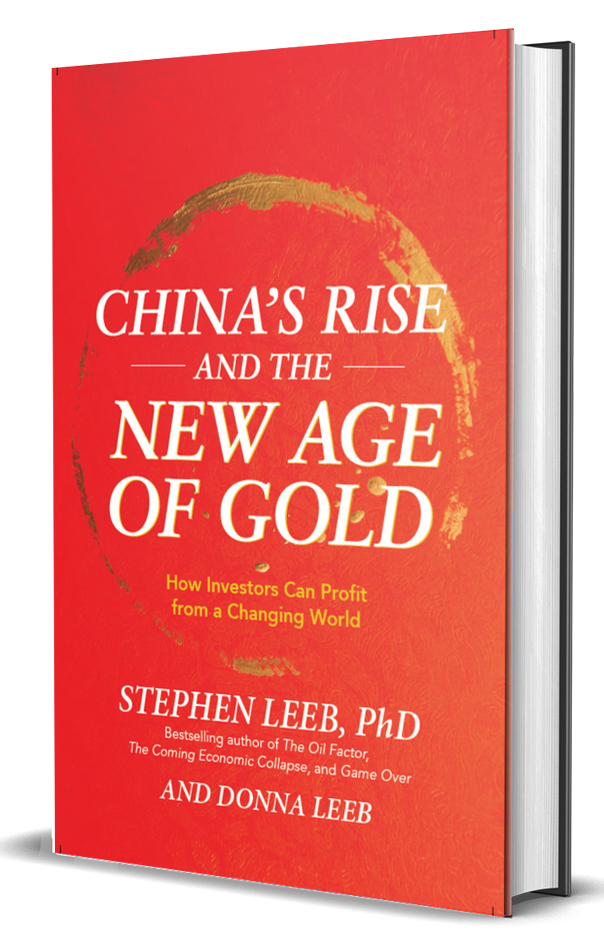
One such quote is as follows:
“The allocation of the SDR can be shifted … to a system backed by real assets…to further boost market confidence in its value.”
You have to focus on “real assets,” and realize gold is the only important real asset that is not becoming scarcer. Gold is the only real asset prized not for its industrial uses but for its intrinsic beauty, and it has a multi-millennia history as a currency. Yes, some 10% of gold is used in industry, but there are substitutes for those uses. It’s believed that all the gold ever mined is still in existence.
Today’s resource scarcities – in contrast to 1973-74 – are economic, not political, in nature. Looking at oil, Saudi Arabia is the only major oil producer that has been able to consistently raise production. And even the Saudis have their limits. While they plan to spend heavily on increasing capacity, they don’t expect to raise their potential production by more than 1 million barrels. Chile, a major provider of many commodities including lithium and copper, is wrestling with the damage caused by mining, including water shortages and ecological displacements. We will need all these critical commodities to build out the infrastructure to replace them with sustainability. In other words, the solution to this 1974- type problem is not a political fix but a massive global undertaking greater than anything seen before.

A Horror Story Fueling The Coming Gold Spike
One major horror story would be massive fiat currency printing to obtain whatever commodities the U.S. feels it needs. This would backfire big time. It would lead to hoarding and be a strong accelerant to inflation. In fact, you could argue that the fracking fiasco was the result of printing enough money to allow production to run wild – well beyond what could ever be profitable. Beyond the monetary losses, there was also great waste of oil and gas.
The U.S. desperately needs to find discipline, and the world desperately needs a gold standard to have chance of allocating commodities in a way that maximizes the chances of getting to a bright future for our progeny. I believe China senses the urgency. Even the markets appear to be acting like something might be up. This is apparent in the strong yuan, one of the very few currencies to solidly outperform the dollar. I found it amusing when a Bloomberg commentator compared the strong yuan to the strong yen just prior to the collapse in the Japanese economy. The obviously convoluted argument seemed to be akin to conflating something like tulip mania with the industrial revolution. I believe that nearly everything China is doing is in preparation for an economic revolution that will dwarf the industrial revolution. But if the commentary was amusing, it was also alarming to read such remarks as we approach a critical point of inflection.
Much of what China does is opaque, but a number of sources have reported a sharp increase in its accumulation of gold. Similarly, reports also indicate that central banks are buying gold. Still, there appears to be desperation in the paper gold market to keep the metal in check. Despite this, I hope, and believe, that when push comes to shove, the U.S. will choose to buy into a new monetary system that will give us a fighting chance to recapture our past greatness.

